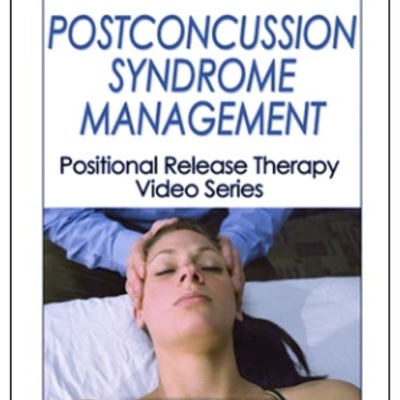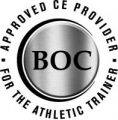Post Concussion Syndrome Management

Learning Objectives
At the conclusion of this discussion, the learner should be able to do the following:
- Articulate at least three factors that may contribute to the development of postconcussion syndrome (PCS)
- Demonstrate at least two key positional release therapy (PRT) techniques for treatment of PCS
- Provide a rationale for the implementation of PRT in a treatment regimen for PCS
In the Positional Release Therapy Video Series, Dr. Timothy E. Speicher demonstrates how to use positional release therapy to gently treat patients of all ages who have acute and chronic somatic dysfunction, including tightness and pain.
Focusing on postconcussion syndrome, this video imparts the following to students:
- A brief overview of the physiological aspects of the condition
- Explanations on how the injury develops
- Tips for using assessment to identify the injury or dysfunction
- Treatment methods for postconcussion syndrome using positional release therapy
- Ancillary treatment techniques and exercises that can be performed to augment the treatment
The video series, modeled after Dr. Speicher’s workshops and seminars, features him using contemporary science, evidence-based research, and years of expertise to guide real students and practitioners through assessment and treatment using positional release therapy. Each video is followed by an exam that contains 30 to 35 questions. Upon passing the exam, you may print out and submit a certificate for continuing education credits.
All these treatment methods are also available in Clinical Guide to Positional Release Therapy.
Student Price: $60.00
Register Here



